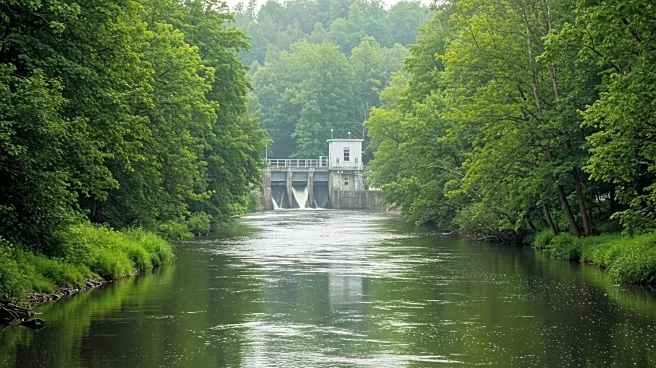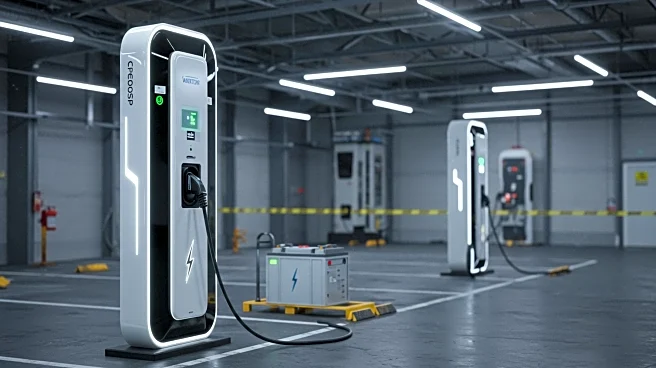CHARLOTTE, N.C. (AP) — Duke Energy Corp. says its move to combine electric utility subsidiaries in North and South Carolina into one entity could save customers more than $1 billion over a decade.
The Charlotte-based utility said it formally asked federal and state regulators on Thursday for permission to join together Duke Energy Carolinas and Duke Energy Progress, which have several million customers. The savings would come in part from streamlining operations and spreading out infrastructure expenses.
The two entities have operated separately since the 2012 merger of Duke Energy and Raleigh-based Progress Energy. Duke Energy, which likens the request to moving two company divisions into one, said in a news release that it wants the change to be effective Jan. 1, 2027.
The two entities combined own 34,600 megawatts of energy capacity, producing electricity for 4.7 million residential, commercial and industrial customers in service areas covering 52,000 square miles (134,680 square kilometers). Duke Energy is the dominant electric utility in North Carolina.
Under the current setup, Duke Energy must maintain four different retail-rate structures — two for each subsidiary in each state — and produce four annual filings for state regulators who approve rates — creating confusion for the public. If the combination is approved, the company said, rates would blend gradually between the sets of customers.
The company says a combination means fewer resources would be needed to meet electric demands compared to if the two entities remained separate. They could run fewer energy production units, using less fuel and spending less on maintenance, the release said. The two entities already work together on managing electricity demand and other efficiencies.
“Combining our two utilities reduces customer costs, simplifies operations, supports economic growth and promotes regulatory efficiencies, all of which will create value for customers in both states,” said Kodwo Ghartey-Tagoe, executive vice president and CEO at Duke Energy Carolinas. “There will be no immediate changes to retail customer rates or services.”
Duke Energy, one of the nation's largest electric holding companies, said it projects retail customer savings from the combination to reach more than $1 billion through 2038. That's after any expenses, with additional savings expected after that.
Duke Energy Carolinas’ coverage area spans much of central and western North and South Carolina, including Charlotte and Durham in North Carolina, and Greenville and Spartanburg in South Carolina.
Duke Energy Progress generally covers eastern and central North and South Carolina -- including Raleigh, Fayetteville and Wilmington in North Carolina and Florence and Sumter in South Carolina. But its coverage area also includes Asheville, North Carolina, in the west.
The combination needs approval from North Carolina Utilities Commission, the Public Service Commission of South Carolina and the Federal Energy Regulatory Commission. They would all continue to regulate the combined utility.













